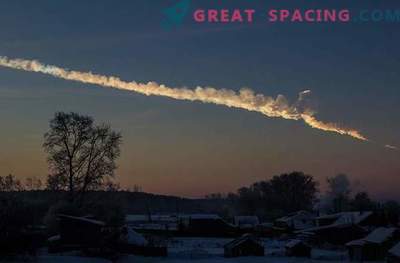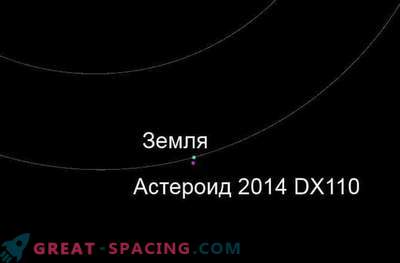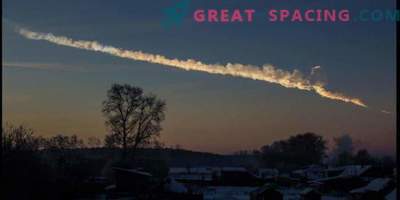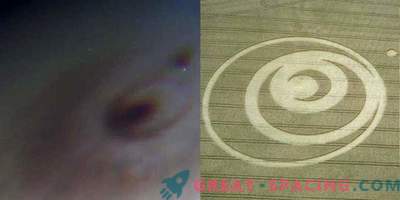
In the photo from 1929 in Imperial Russia you can see a terrible sight. At a distance of 15 km from the village in Tungusk are fallen trees, uprooted by a meteorite explosion in 1908.
The near-Earth objects include asteroids or comets with a size of up to tens of kilometers, which rotate around the Sun and approach a dangerous distance to the Earth. Of the more than 600,000 known asteroids in our system, more than 16,000 are near-earth.
June 30, 1908 over the sky Tunguska such an object with a diameter of 30-40 m penetrated into the atmospheric layer at a speed of 100,000 km / h. It heated up to 10,000 ° C and exploded at an altitude of 6-10 km. This explosion released the equivalent energy of 10-15 megatons of TNT, destroying 2,200 km 2 forests. That is why June 30 was for the UN an international asteroid day, when the public is informed about asteroids and the need to protect their home planet. The probability of a large object falling is small, but even a small one can cause serious damage.
Now ESA is conducting an active campaign to observe the sky, search for asteroids and create a quick information system for both scientists and the public. Also are looking for ways to protect.











































